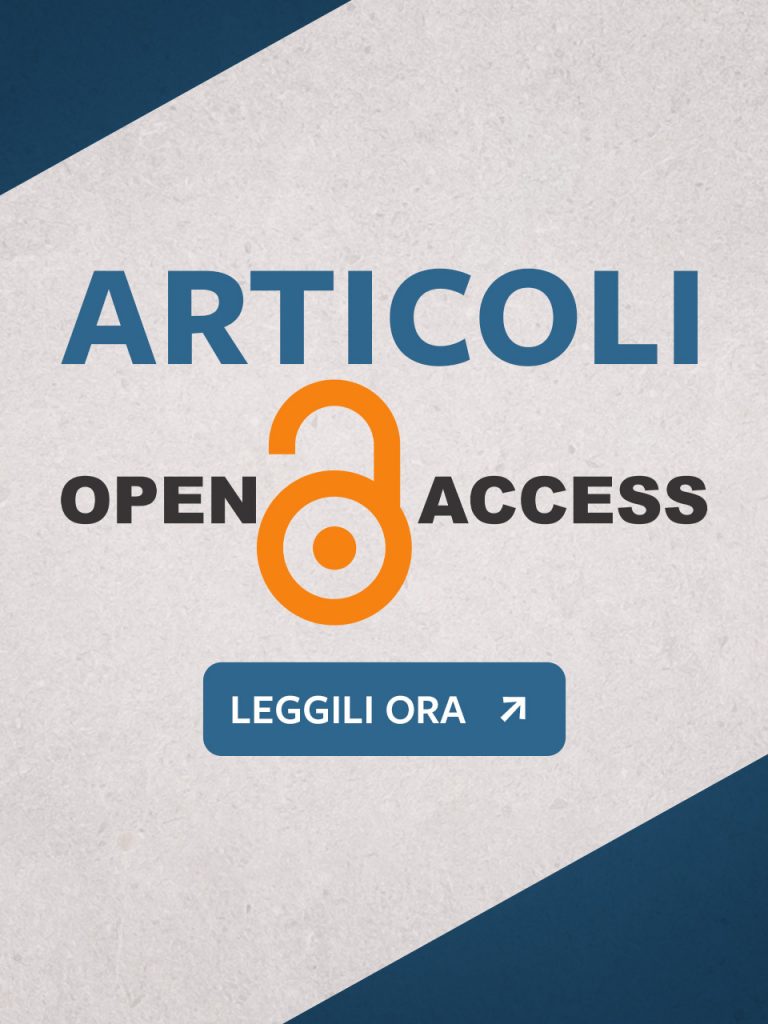The dissociative kernel in borderline personality disorder
Giovanni Liotti
Four different models of Borderline Personality Disorder (BPD), each based on a different
psychopathological theory, have produced manualised treatments with evidence of efficacy. It can
be argued, on the grounds of the comparable results of the outcome studies, that these different
treatments share a common mechanism of action related to the same psychopathological kernel of
Borderline Personality Disorder, albeit the key role of this kernel in the pathogenesis of the disorder
is not explicitly acknowledged in their psychopathological theories. This paper argues that such a
psychopathological kernel can be described as dissociative and is caused by chronic psychological
traumatisation in the developmental years and by disorganisation of infant attachment — two common
features of Borderline Personality Disorder developmental psychopathology. Following a review of the
studies supporting this hypothesis, the paper dwells on the basic psychotherapy processes allegedly
shared by the four different models of Borderline Personality Disorder treatment.
Keywords
Borderline Personality Disorder, Manualised treatments, Chronic traumatisation,
Dissociation, Disorganised attachment.

